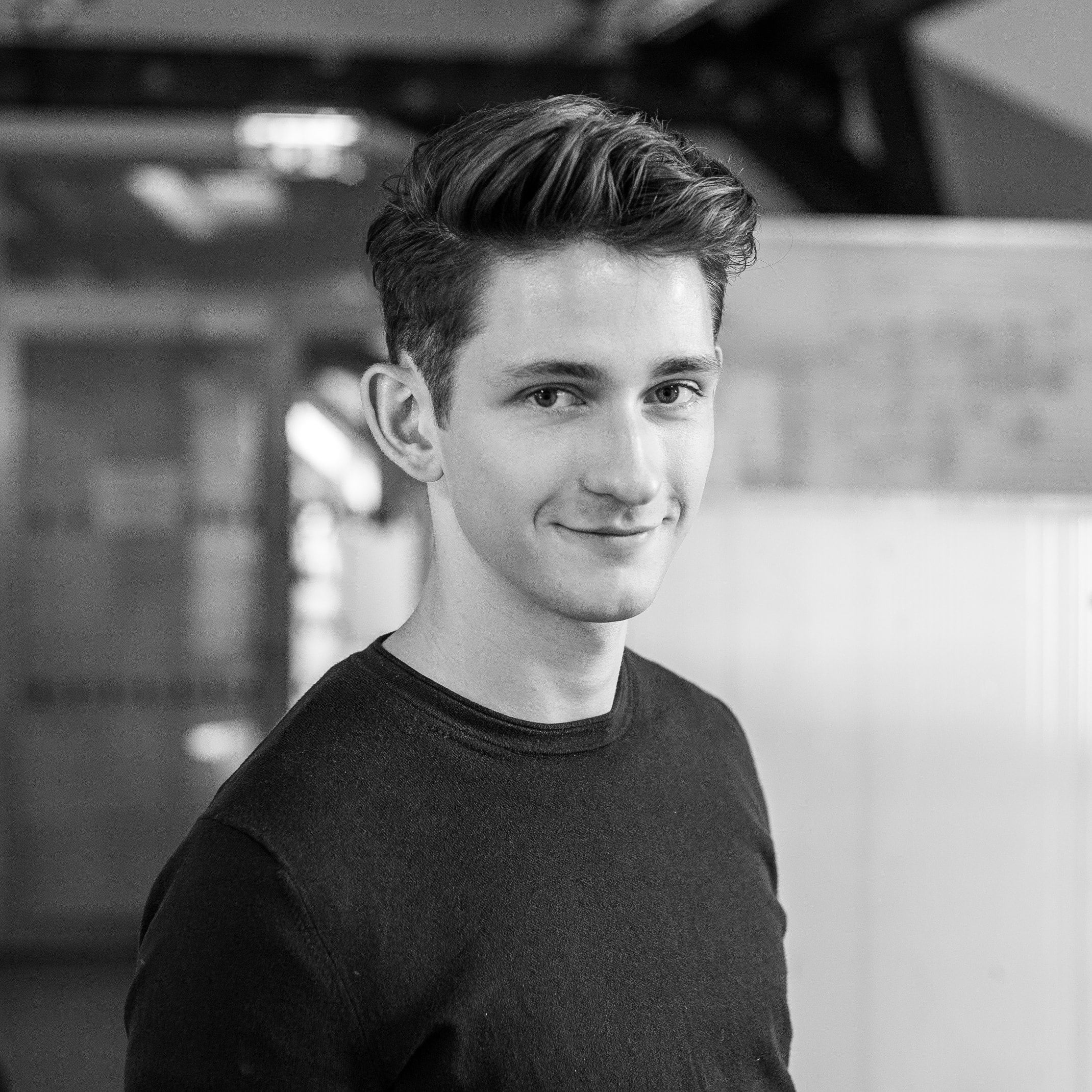Was es macht
Slowly self-degrading biowaste floes restore a healthy Arctic Ocean by mimicking sea ice properties, namely increasing light reflection, lowering temperatures and facilitating ice formation, counteracting the ice-albedo feedback cycle and global warming.
Deine Inspiration
As the thirteenth Sustainable Development Goal Climate Action highlights, human-induced climate change is presenting us with new challenges with increasing frequency. The direct effects on the Gulf Stream and jet streams, and thus on global climate development and further environmental disasters, make the melting ice masses of the Arctic Ocean one of the most dramatic consequences of rising temperatures worldwide. Stopping or even reversing this supposedly distant but serious development is becoming increasingly difficult over time. This relevance, urgency and impact convinced me to dedicate myself to the topic within this project.
So funktioniert es
With the help of ultrawhite, highly mobile floes, large areas of the dark ice-free and light/heat-storing ocean can be covered, reflecting just as much sunlight as sea ice (90%) and thus lowering average water and ambient temperatures. Locally produced and made from unused biowaste materials, these long-lasting biodegrading composite structures can also facilitate the freezing process. Due to constant exposure to the much colder water surface the usual freezing process that would otherwise begin at sea depth is skipped, allowing the water-storing floe to freeze directly and form new sea ice themselves. After studying local economic structures, a sustainable material combination of sulfur-free lignin and calcium carbonate, two unused by-products from the wood, paper and fish industries (each 50 million tons p.a. worldwide), was successfully developed based on the example of the city of Tromsø, Norway.
Designprozess
In the course of the process, three different directions of concept development were defined, differing essentially in stationary or mobile use, focus on land or sea ice and preservation or regeneration of ice masses. Two approaches were combined, resulting in a hybrid concept of a cross-state coastal production system with floes naturally being distributed by the Beaufort Gyre and Transpolar Drift. Material matrices, expert interviews and hands-on testing of natural feedstocks resulted in a physically, chemically and biologically robust group of biocomposites from local waste streams. Characterised by an ultrawhite colour and slow, harmless and temperature-induced decomposition outside the conserving Arctic zone, a natural radius of action was given. Prototyping with paper models, various folding patterns and 3D prints resulted in a symmetrical shape through water dynamic testing, with ribbons and perforations providing the maximum surface area and best terrain properties with minimal material use. Its multi-layered structure makes it particularly lightweight yet strong, capable of folding and storing freezing water while preventing harmful pollutants from entering. To enable targeted use, a vacuum-packed, fast-dissolving simple sugar pack made from fish residues was developed.
Warum es anders ist
Ground Based Albedo Modification (GBAM) is an already widely applied method of Arctic geoengineering that intervenes in natural climate-relevant processes. The goal is to increase reflectivity in a climate favorable way. This is where current solution approaches are already trying to pick up and better protect the ice sheet or artificially stimulate ice formation. Many of the ideas keep hitting limits due to their need for maintenance and renewal processes, too costy resources, technical feasability and their vulnerability by complexity or ecological damage. With a stronger focus on simplicity and hollistics, as well as unison and sustainability, new innovation potentials were developed after the market analysis. These are specifically the attempt of biomimicing sea ice properties, combined with a wear part approach (release and forget), using unused sustainable by-products from Arctic economies and a more simple, yet robust and integrative design.
Pläne für die Zukunft
With the help of further professional support, the next step forsees the testing of the exact biocomposite blend. A cooperation for partial equipment with sensor technology and scientific use through data collection of the floes would be conceivable. In the long term, the system is not intended to be permanently deployed in nature, but rather seen as a temporary solution to save the Arctic from its irreparability. This highlights the responsibility of society to contribute to a more sustainable way of life. With the help of this project and similarly approachable and tangible ideas, I hope to raise awareness and create action.



Verbinden